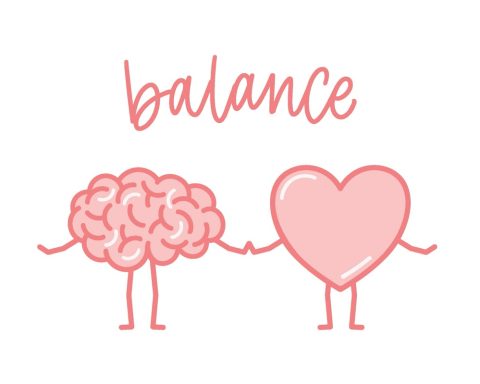Four Purushartha refers to the four objectives of human life in Hindu philosophy: Dharma (duty), Artha (prosperity), Kama (pleasure), and Moksha (liberation). These aims are significant in various texts and traditions, indicating their importance in guiding human actions and goals. They encompass ethical living, material success, sensual enjoyment, and spiritual liberation. Through acts such as temple building and honoring Brahmanas, individuals can pursue these aims, reflecting their multifaceted nature in Indian culture and philosophy.
Synonyms: Dharma, Artha, Kama, Moksha
In Dutch: Vier Purushartha; In German: Vier Purushartha; In Finnish: Neljä Purusarthaa; In Spanish: Cuatro Purushartha; In Malay: Empat Purushartha; In Swedish: Fyra Purushartha; In Polish: Cztery Purushartha; In Portugese: Quatro Purushartha; In Italian: Quattro Purushartha
The below excerpts are indicatory and do represent direct quotations or translations. It is your responsibility to fact check each reference.
Hindu concept of ‘Four Purushartha’
The Four Purushartha in Hinduism encompasses Dharma (righteousness), Artha (wealth), Kama (desires), and Moksha (liberation), representing the key objectives of human life, guiding individuals towards fulfilling their duties, achieving prosperity, and ultimately seeking liberation.
From: Vastu-shastra (Introduction to Indian architecture)
(1) The four objectives of human life—Dharma, Artha, Kama, and Moksha, which are achieved through good deeds, including temple building.
(1) The four goals of human life in Indian philosophy: dharma (duty), artha (prosperity), kama (pleasure), and moksha (liberation), mentioned as lesser in significance compared to krishna-prema.
(1) By following these (Dharma, Artha, Kama, and Moksha ) a man can become free from the cycle of Birth and Death.
The concept of Four Purushartha in local and regional sources
From: Triveni Journal
(1) The ease with which even the uninitiated in the Vedas can achieve the four purusharthas (or objects of man’s life) Dharma, Artha, Kama and Moksha. (merit, wealth, enjoyment and liberation) by a knowledge, and appreciation of poetry is aptly and truly brought out by Visvanatha in his Sahityadarpana. (2) These are the four goals of human life, which include Dharma, Artha, Kama, and Moksha, and the text mentions that religion enunciates these.(3) The four objectives of human life in Indian philosophy: Dharma (duty), Artha (wealth), Kama (pleasure), and Moksha (liberation). (4) The four objectives of human life in Indian philosophy: Dharma (duty), Artha (wealth), Kama (pleasure), and Moksha (liberation) (5) The four aims of human life in Hindu philosophy: Dharma (righteousness), Artha (prosperity), Kama (pleasure), and Moksha (liberation).
The concept of Four Purushartha in scientific sources
The Four Purushartha outlines Hindu life’s four goals: Dharma (duty), Artha (wealth), Kama (desire), and Moksha (liberation), emphasizing their significance in Ayurveda and overall human existence.




